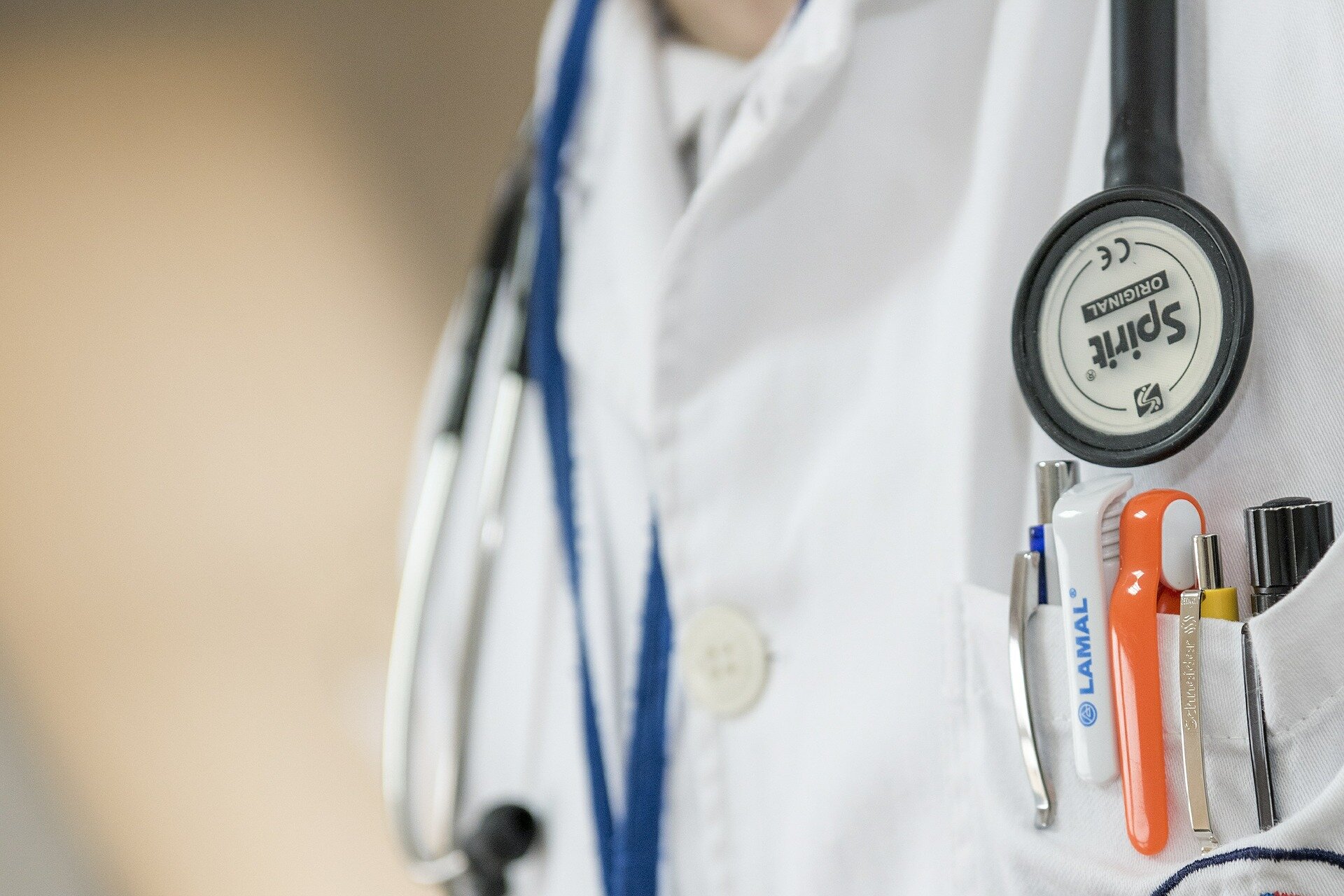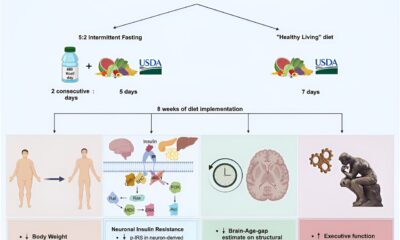Health
Emergency care can help patients obtain health insurance and unclaimed benefits for food and rent

Credit: CC0 Public domain
At least $60 billion in public benefits go unused nationally each year. That means that tax credits, health insurance, and assistance with food, housing, and transportation never reach the people they are intended for.
Public benefits are associated with better health, lower costs and community growth, so hospitals want to connect patients with them.
Two studies by fellows at the Leonard Davis Institute of Health Economics (LDI) looked at emergency departments (EDs) to find people eligible for public benefits.
By law, hospitals must provide emergency services regardless of patients’ health insurance status. This makes EDs a good place to find people who qualify for programs like Medicaid but are not enrolled. The studies have been published in Academic emergency medicine And Journal of General Internal Medicine.
Penn medical student Ella Eisinger and LDI Senior Fellow Elinore Kaufman answered questions about a hospital program that connects people with health insurance who are admitted through emergency rooms. In addition, LDI Senior Fellow Austin Kilaru discussed helping ED patients receive benefits such as tax credits, rent rebates and utility assistance.
Why use emergency care to help people get insurance and other benefits?
Kaufman: When people are admitted to the hospital from the emergency room, it’s a rare moment when the financial motivations of the hospital and the patient align; both want the hospital to be paid for the services without the patient receiving a large bill.
Doctors want to get the most out of every healthcare experience. Sometimes we can do a little more, such as reassure patients who are concerned about payment that we may be able to insure them.
Kilaru: I talk to emergency patients about social needs during every shift. A recent patient who lost his insurance couldn’t afford medications. I was able to work with our pharmacist to help her, but we can’t have doctors rushing to find solutions for every patient. We need systems-level solutions to connect people to insurance and financial assistance.
What has your research learned about connecting emergency room people with public benefits?
Kilaru: Ours Pilot study of about 200 adult Philadelphians said it’s okay to ask people about public benefits while they wait in the emergency room with non-life-threatening problems. It’s also worth it.
People reported receiving an average of one benefit, but were eligible for an average of four additional benefits. Typically these included tax credits, home energy payment assistance, property tax or rent rebates, and the Supplemental Nutrition Assistance Program (SNAP). People were happy with our help in applying for benefits (but after their hospital visit).
Eisinger: Us studied data from the Penn Medicine program to help uninsured hospital patients admitted through emergency departments obtain insurance. We confirmed that hospital emergency care programs are working: 75% of the 3,880 uninsured adults in our study had insurance.
We wanted to understand what would happen next. Do patients receive necessary health care after leaving the hospital, including preventive services that can lead to better health? We found that people who had insurance through the program were 14% more likely to have a primary care visit in the year after hospitalization than people who had Medicaid when they were admitted. However, people who remained uninsured were 29% less likely to visit primary care.
Kaufman: Overall, health care use in the year after hospitalization was higher for people who obtained insurance through the program than for people who remained uninsured, but lower than for people who already had Medicaid. This suggests that insurance is necessary to receive care, but it is not sufficient. We need to improve the processes for enrolling in insurance and obtaining primary and other post-acute care.
How do you track your results on ED patients?
Eisinger: We interview patients and the financial advisors who help them to understand why some people get insurance and primary care and others don’t. We hear from people who are facing ED bills because they were dropped from insurance when they lost their job, or turned 26 and couldn’t get parenting plans. People are losing Medicaid because the policies to keep them covered during the pandemic expire.
We will also soon publish an article on emergency enrollment in Medicaid after traumatic injury and long-term health care use.
Kilaru: We recently completed a 160-person randomized controlled trial testing ways to connect ED patients with benefits enrollment specialists at Benefit Data Trust, a community-based organization. We screened patients for six months in the Penn Medicine emergency room. If they were eligible for benefits, they received a paper flyer telling them how to contact Benefit Data Trust, and some also received text message reminders.
The aim of our research was to see which approach resulted in more people coming into contact with the registration service and applying for benefits. Our preliminary results suggest that text messages may be an effective way to connect people with benefits counselors.
What do you recommend for programs that link ED patients to benefits?
Eisinger: Only 40% of hospitals use emergency rooms, so we need more of these programs. The time and effort to obtain insurance can extend beyond the initial hospitalization, so financial assistance programs must be well funded. We need better ways to keep patients insured, like continued access.
After purchasing insurance, patients may need referrals for primary and specialty care. There is so much happening during a hospital stay that can get lost in the shuffling, so referrals can be streamlined and automated.
Other options include working with partners such as methadone and other community clinics that are also financially motivated to have insured clients. They are already good at reminding them to renew their insurance.
Kaufman: We are investigating whether people insured through the Penn Medicine ED linkage program receive care from other regional systems. That’s another opportunity to build partnerships.
Many documents are required to take out insurance. Reducing that burden or combining applications for multiple programs would help. Medicaid requires regular renewal. Automation can prevent people from losing their insurance.
Kilaru: Emergency room visits are an opportunity to engage people in long-term care – both medical and non-medical – to address the causes of acute illness that brought them to the emergency room in the first place.
A common misconception is that people only use the emergency room if they don’t have insurance. Many people have insurance, but may not fully engage in primary and preventive care. We can help people make the connections needed to improve their physical – and potentially financial – health. These types of interventions attempt to increase the value of ER visits and help people where they are.
More information:
Joseph Harrison et al., Eligibility of Emergency Department Patients for Public Benefit Programs, Academic emergency medicine (2024). DOI: 10.1111/acem.14870
Ella C. Eisinger et al, Healthcare utilization among patients retroactively insured through a hospital-based insurance linkage program, Journal of General Internal Medicine (2024). DOI: 10.1007/s11606-024-08712-y
Quote: Q&A: Emergency care can help patients get health insurance and unclaimed benefits for food and rent (2024, June 11) retrieved June 16, 2024 from https://medicalxpress.com/news/2024-06-qa -emergency-patients-health -unclaimed.html
This document is copyrighted. Except for fair dealing purposes for the purpose of private study or research, no part may be reproduced without written permission. The content is provided for informational purposes only.













